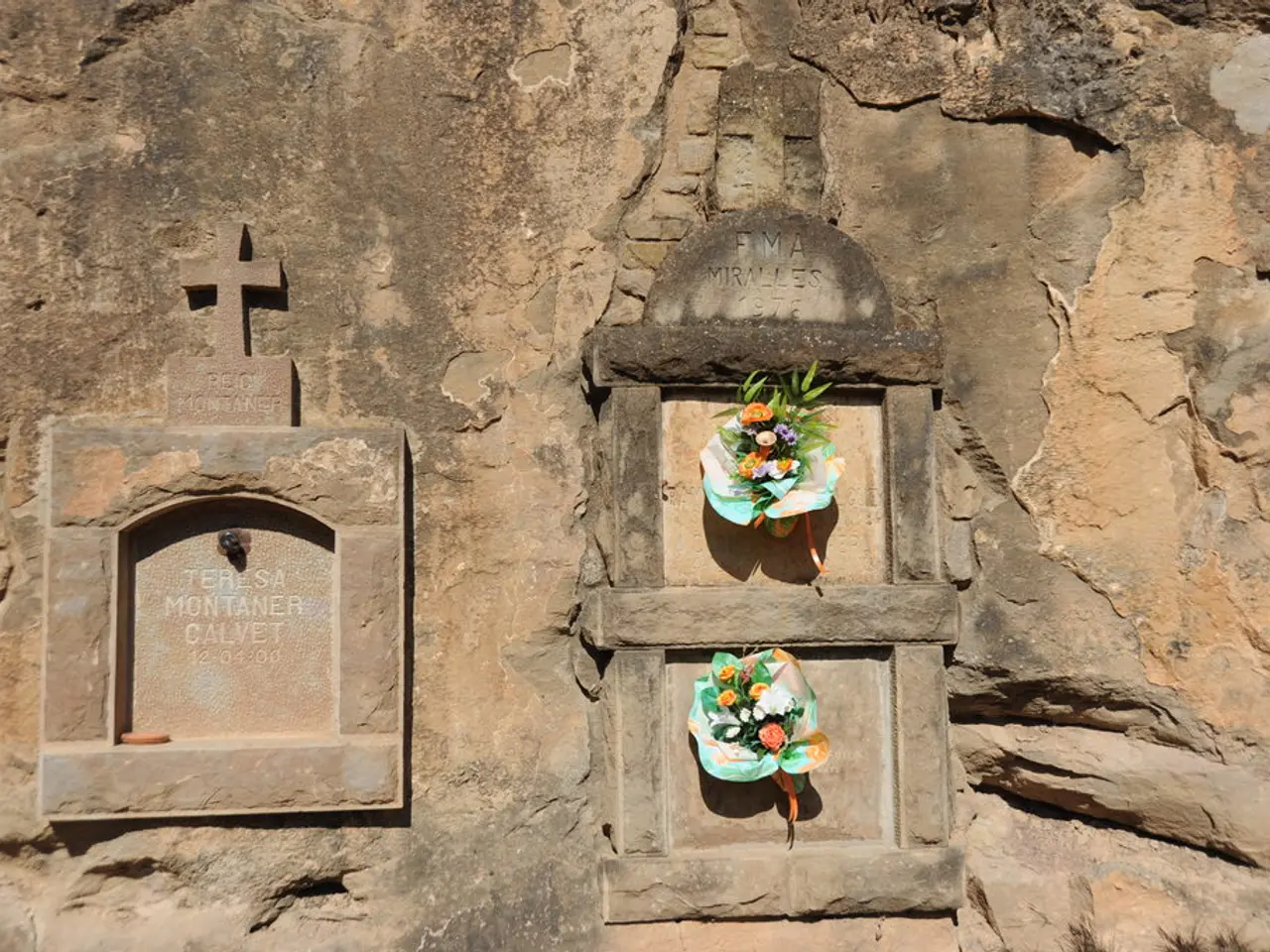Protests Persist: The Enduring Controversy Surrounding Mount Rushmore Today
Mount Rushmore, a iconic American landmark, continues to ignite debates and emotions amongst many, embodying conflicting narratives of national pride and cultural trauma. The historical and cultural controversy surrounding Mount Rushmore arises primarily because it was carved into the Black Hills, a land sacred to the Lakota Sioux and other Native American tribes, who consider the site a spiritual center called Tȟuŋkášila Šákpe ("Six Grandfathers").
The U.S. government's 1868 Treaty of Laramie had granted the Black Hills exclusively to the Lakota, but this treaty was broken when the U.S. pursued mining interests and later authorized the monument’s construction, resulting in the dispossession of the indigenous people from their sacred land.
The creation of Mount Rushmore involved overriding Native American historical and spiritual ties to the area, instilling deep pain and a sense of betrayal among the Lakota and other tribes. The monument was carved by sculptor Gutzon Borglum, who had controversial ties including previous work on Confederate monuments and alleged connections to the Ku Klux Klan, adding layers to the disputed legacy of the site.
Nearly a century after its completion, Mount Rushmore continues to symbolize not only American national pride and power but also a history of broken treaties, cultural erasure, and ongoing struggles over Indigenous sovereignty and recognition. Native groups persist in legal and moral challenges against the monument, viewing it as a continuing symbol of colonialism and injustice on sacred ancestral lands.
Erosion, lichen, and the relentless forces of nature continue to shape the faces, a silent reminder that even the most powerful empires leave only temporary marks on the earth. Mount Rushmore draws millions of visitors each year, fueling the local economy and providing jobs for hundreds of people.
The carving of Mount Rushmore represents a dramatic intervention in natural history-humans leaving their mark in the most permanent way possible. For many Indigenous people, Mount Rushmore stands as an example of cultural erasure, a physical reminder that their stories, heroes, and sacred spaces were overwritten by another narrative.
The ongoing conflict is not just about land or stone but about who gets to decide what matters, who is remembered, and who is forgotten. The protests, marches, and ceremonies continue at Mount Rushmore, reminding the world that the story of the monument is unfinished and that justice remains elusive.
Balancing tourism, economic interests, and cultural respect is an ongoing challenge, with no easy solutions. The process of carving Mount Rushmore caused significant environmental damage, scarring the landscape, destroying ancient rock formations, and disrupting local ecosystems.
For the Lakota, the land itself is priceless and irreplaceable, and they have refused financial settlements offered by the U.S. government. Activists have scaled the monument, draped banners, and spoken out on national stages to demand change. Protesting Mount Rushmore has taken various forms, including peaceful gatherings, cultural ceremonies, and acts of civil disobedience.
The protests are not just about the past but also about the right to be heard, the right to tell one's own story, and the demand for a future that honors all people. The land currently known as Mount Rushmore was sacred to the Lakota Sioux and other Indigenous nations, serving as a place of prayer and spiritual significance before the carvings.
Mount Rushmore's presidential faces are meant to symbolize American ideals, but for many, they also represent a history of exclusion, colonialism, and broken promises. Gutzon Borglum, the creator of Mount Rushmore, aimed to create an icon of American greatness, but his decision to carve the monument into a sacred mountain reveals a blindness to the land's original meaning.
Scientists marvel at the endurance of the Black Hills' granite, which has survived tectonic shifts, glaciers, and eons of weathering. The U.S. government broke sacred treaties and took control of the Black Hills, where Mount Rushmore is located, following the discovery of gold.
Thomas Jefferson, one of the presidents depicted, drafted the Declaration of Independence but also pushed for westward expansion at the expense of Indigenous peoples. The existence of Mount Rushmore serves as a symbol of loss and injustice for Native communities, and the ongoing legal battles, protests, and marches reflect the unfinished story of the monument and the ongoing fight for recognition and reparations.
- The ongoing debate over Mount Rushmore extends beyond national pride and into realms of natural history, as the monument represents a significant intervention in the untouched landscape.
- For many, the wildlife that once thrived in the Black Hills before the construction of Mount Rushmore embodies a lost era in the region's natural ecosystems.
- Education-and-self-development initiatives have emerged to highlight the cultural significance and the unresolved issues surrounding Mount Rushmore, serving to broaden public understanding of the monument's complex history.
- In the realm of technology, virtual reality simulations permit an alternative exploration of the Black Hills before the carving of Mount Rushmore, shedding light on the destruction caused by human intervention.
- The process of carving Mount Rushmore serves as a stark reminder of the conflicts that arise when science, finance, and lifestyle choices collide with cultural sensitivity and sacred values.
- The entertainment industry, grappling with its representation of historical figures and events, has recognized the need to delve deeper into the controversial aspects of Mount Rushmore, seeking to honor both the aesthetics of the monument and the stories of the Indigenous peoples whose land it occupies.




